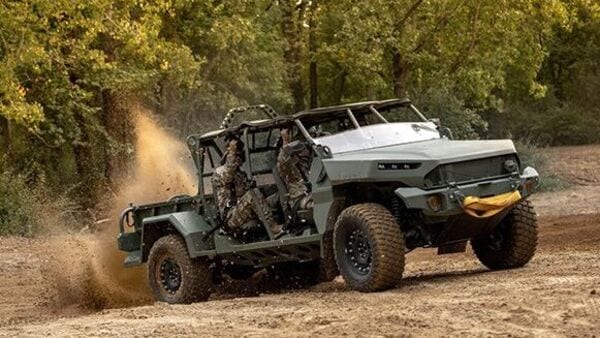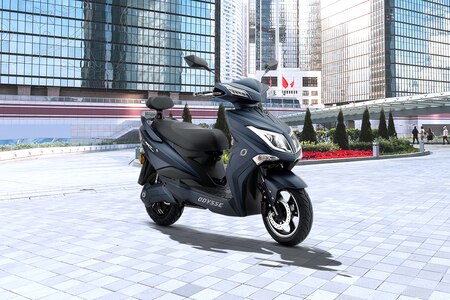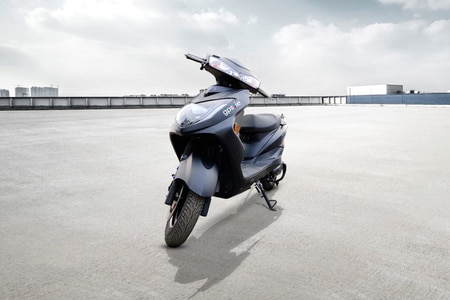US military bets big on electric combat vehicles. But political hurdles remain
- The US military plans to have an all-electric tactical vehicle fleet by 2050.


The US military is one of the most formidable forces across the world and is now looking at evolving its mobility options with changing times. With the advent and spread of electric vehicles (EVs), the country's defense forces are studying the viability of having their combat vehicles run on battery power. But the task at hand may have some very serious political challenges.
A number of key defense manufacturers in the US have been working to develop electric combat vehicles that could be a deadly force in covert and overt operations. Studies have shown that such vehicles can be a gamechanger owing to factors such as being light weight and silent in operation.
Also check these Bikes
A recent Washington Post report, however, highlights that Republicans’ proposed amendments to the National Defense Authorization Act (NDAA) could throw the proverbial spanner in the works. The ammendments, largely, call for defunding of projects that relate to EVs which could in turn affect development of EVs for combat operations.
Colorado Representative Lauren Boebert has proposed "termination of contracts for electric non-tactical vehicles." Pennsylvania Representative has sought to restrict the use of critical minerals for EV battery manufacturing processes.
Voting on NDAA is expected to take place at some point in time this week and it is not clear if the ammendments will find the intended support.
Battery power for firepower
The Joe Biden administration has made a mammoth push to increase the spread of EVs in the US. Various incentives for both buyers as well as manufacturers have been rolled out with the aim of bringing down greenhouse emissions and control vehicular pollution.
But the emissions from military vehicles across the world is also a very big concern. Making the switch from engine to battery in such vehicles is far easier said than done because many such vehicles have a very high payload and would require large battery packs and mobile charging solutions.
Initial steps have been taken in the US with plans of having an all-electric, non-lethal vehicle fleet by 2035. A fully-electric tactical fleet is planned with a deadline of 2050.








 2.96 kWh
2.96 kWh 170 Km
170 Km

















